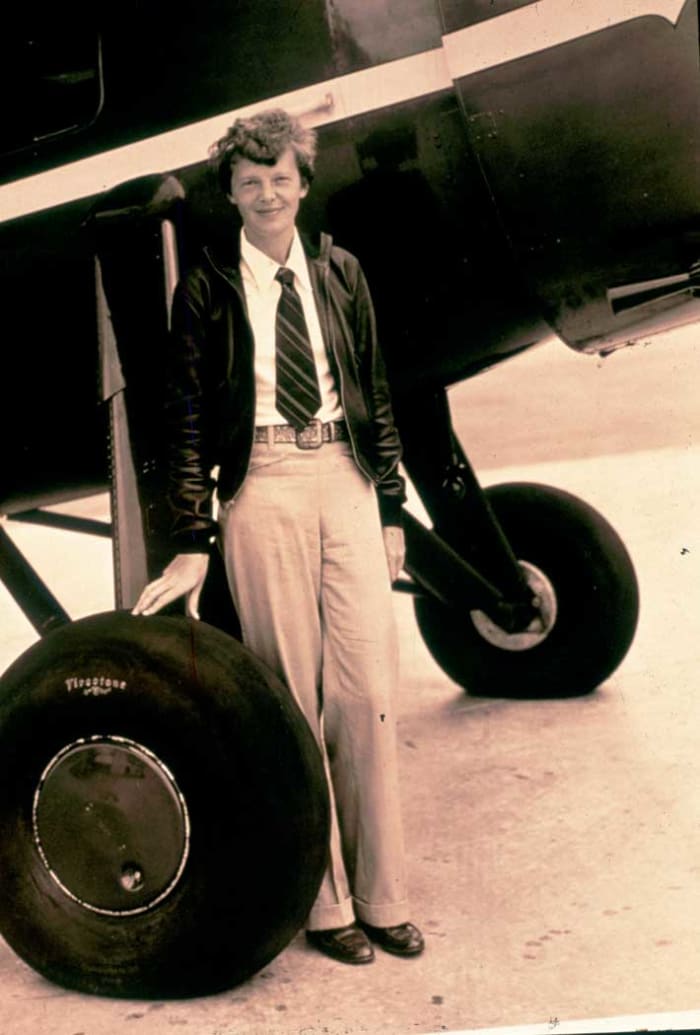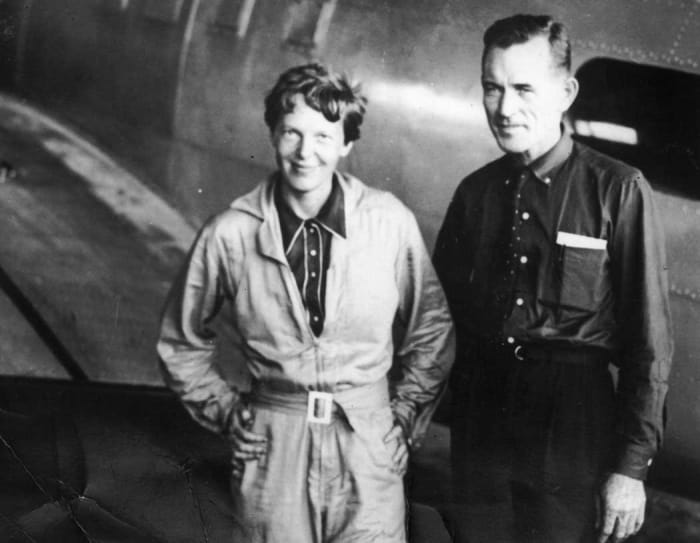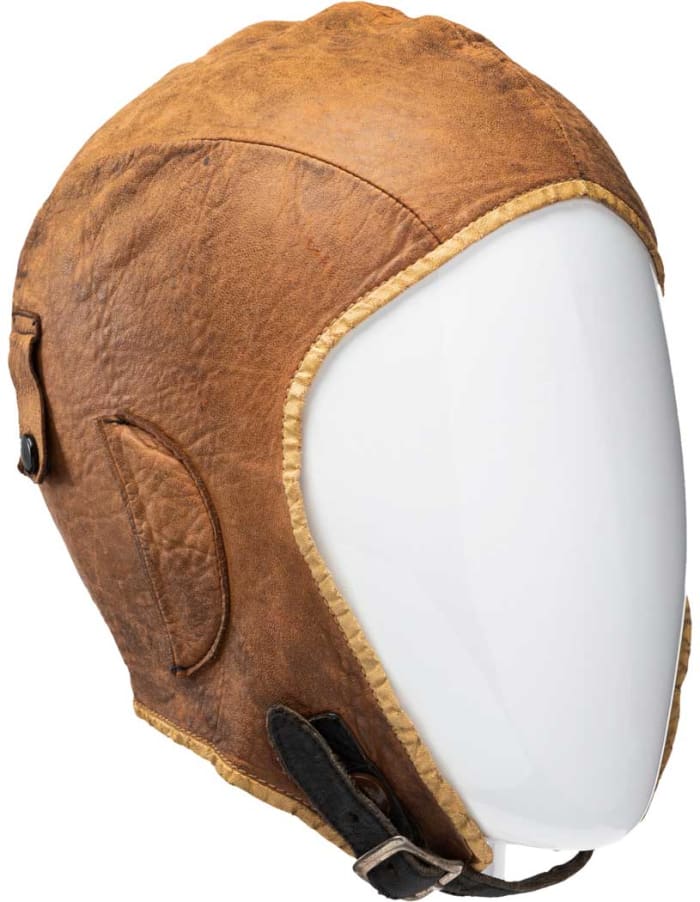DALLAS – The cap worn by celebrated aviator Amelia Earhart during her famous first flight across the Atlantic Ocean in 1928 sold for $825,000 in a late-February event at Heritage Auctions.
A young man found the cap on the ground after Earhart participated in the National Air Races in Cleveland in August 1929 and gifted it to a young woman named Ellie Brookhart. The leather flight cap had been in her family’s possession ever since.
Earhart’s enormous celebrity during her brief but remarkable life – and the mystery surrounding her death – have kept her on the short list of the world’s greatest aviators and adventurers. The leather cap represents one of the most significant pre-war flight artifacts known.
“Everyone has oceans to fly, if they have the heart to do it,” Earhart famously said. “Is it reckless? Maybe. But what do dreams know of boundaries?”
Amelia Mary Earhart was born in Atchison, Kansas on July 24, 1897. She defied traditional gender roles from a young age. Earhart played basketball, took an auto repair course and briefly attended college. Earhart took her first airplane ride in California in December 1920 with famed World War I pilot Frank Hawks – and was forever hooked.
Earhart’s flying career literally took off from there, as she set several aviation records in her short career. In 1922 she became the first woman to fly solo above 14,000 feet.

Amelia Earhart became the first woman to fly solo across the Atlantic Ocean when she accomplished the feat in 1932.
Courtesy Getty Images
In 1932, Earhart became the first woman – and second person after Charles Lindbergh – to fly solo across the Atlantic Ocean. She left Newfoundland, Canada, on May 20 in a red Lockheed Vega 5B and arrived a day later, landing in a cow field near Londonderry, Northern Ireland.
Upon her return, Congress awarded her the Distinguished Flying Cross – a military decoration awarded for “heroism or extraordinary achievement while participating in an aerial flight.” She was the first woman to receive the honor.
Earhart is remembered, however, more for her disappearance 85 years ago than for her incredible career. It is a mystery that still intrigues.
On June 1, 1937, Earhart took off from Oakland, California, on an eastbound flight around the world. It was her second attempt to become the first pilot ever to circumnavigate the globe.
She flew a twin-engine Lockheed 10E Electra, accompanied by navigator Fred Noonan. They flew to Miami, then down to South America, across the Atlantic to Africa, then east to India and Southeast Asia.

American aviatrix Amelia Earhart (1897-1937) with her navigator, Captain Fred Noonan, in the hangar at Parnamerim airfield, Natal, Brazil, June 1937, during their ill-fated attempt to circumnavigate the globe.
Topical Press Agency/Getty Images
The pair reached Lae, New Guinea, on June 29, having flown 22,000 miles. They had 7,000 more miles to go before reaching Oakland.
Earhart and Noonan departed Lae for tiny Howland Island – their next refueling stop – on July 2. It was the last time Earhart was seen alive. She and Noonan lost radio contact with the U.S. Coast Guard cutter Itasca, anchored off the coast of Howland Island, and disappeared en route.
President Franklin D. Roosevelt authorized a massive two-week search for the pair, but they were never found. On July 19, 1937, Earhart and Noonan were declared lost at sea.
The 1937 disappearance of the world’s most celebrated aviatrix remains one of the twentieth century’s greatest unsolved mysteries, but Earhart’s extraordinary legacy lives on, a towering figure in the flight path from Kitty Hawk to the far reaches of outer space.
You May Also Like:
The Amazing Ruth Handler, The Woman Behind Barbie










